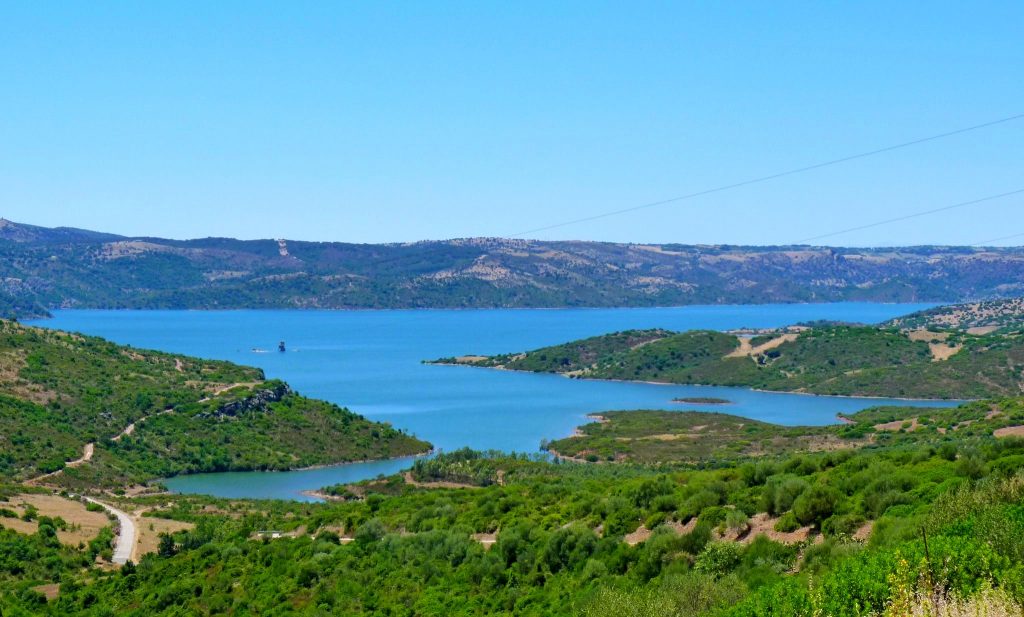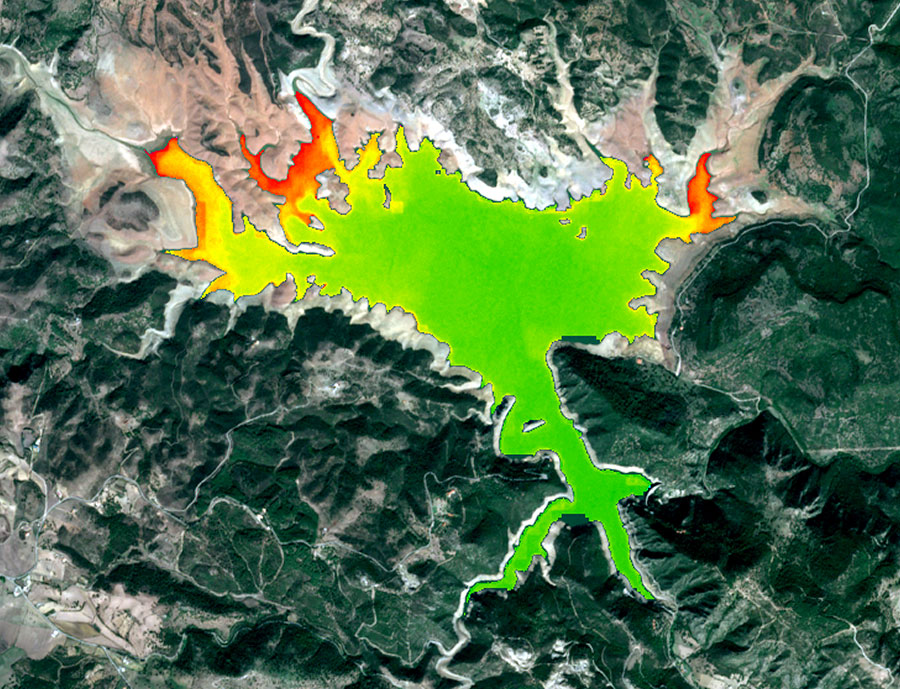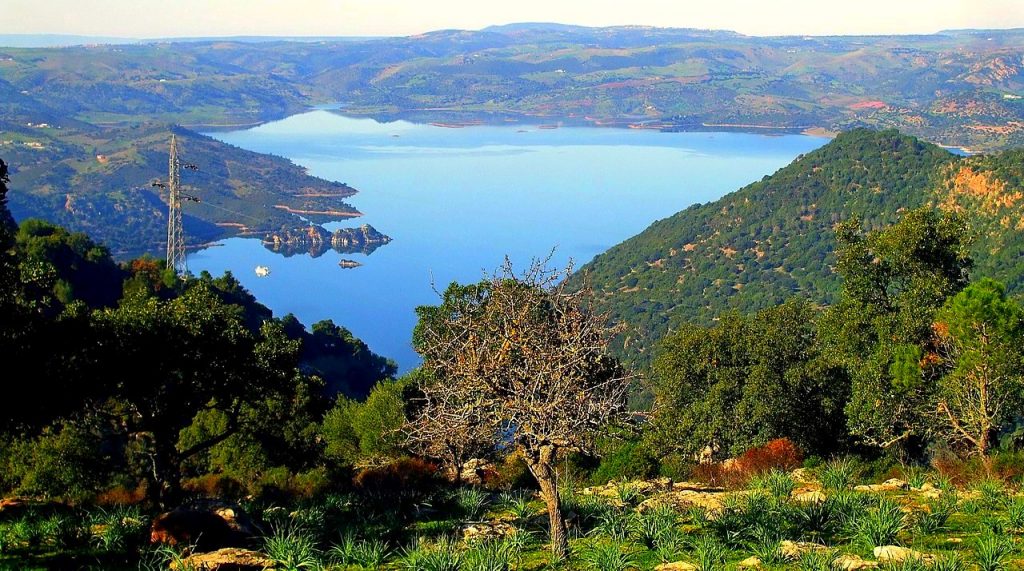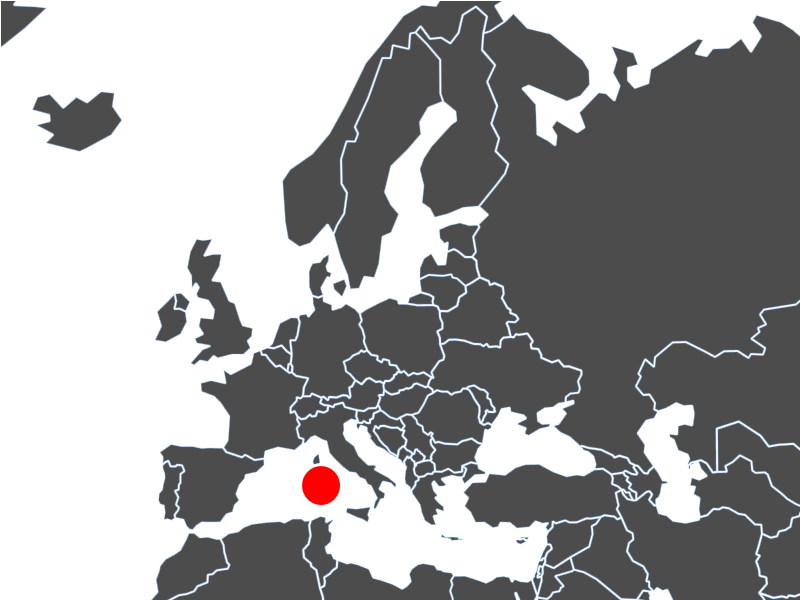Launch Mulargia case study in the operational platform
Description
Mulargia reservoir is located in south Sardinia island. An earth dam of 99 m height creates an artificial reservoir with volume of 347 hm3 and surface area of 12 km2. Mulargia serves as a drinking water source for 700,000 people, as well as for other water uses including agricultural and industrial.
Mulargia is part of a system of interconnected reservoirs that function as water sources for domestic uses, agricultural purposes, industrial purposes and hydropower generation. Together with the reservoirs of Flumendosa and Flumineddu, it formulates a complex water system of interconnected reservoirs receiving 519 hm3 of runoff annually.
Ente Acque della Sardegna (ENAS), the local multisector water network manager, constantly transfers water from Flumendosa through a gravity gallery with a capacity of 10 hm3/d, in order to balance levels and meet regional freshwater needs. Beyond assuring local supply, water blending is also used to meet qualitative targets. When algal blooms or turbidity-related incidents appear in Mulargia, bringing fresh water from Flumendosa is a way to improve water quality or prevent its deterioration.
In order to manage a complex system like Mulargia which is threatened by a variety of challenges like droughts, floods, diffuse pollution and deforestation, ENAS needs advanced and accurate tools to support him in decision making.
Approach
Timely and detailed information on both water quantity and quality is crucial to emergency response, as well as strategic planning, but often challenges local capacities.
PrimeWater aspires to incorporate advanced predictive tools based on hydrological and ecological forecasts of multiple time scales in the workflow of ENAS. Short-to-medium term forecasts (10 days ahead) of water quantity and quality characteristics of the complete reservoirs network, enable ENAS to be proactive and start transferring water from upstream reservoirs early enough to mitigate the impact of potential algae blooms. To this end, a web-based scenario management service for assessing the effectiveness of various water transfer options in terms of volume, timing and duration will be developed. Additionally, sub-seasonal hydrological forecasts (6 weeks ahead) will promote efficient drought response and offer increased system performance in the long run. Finally, an Operational Early Warning System will interpret forecasts into readily comprehensible warnings that can be also coupled with proactive practices to enhance the resilience and adaptive capacity of ENAS.




